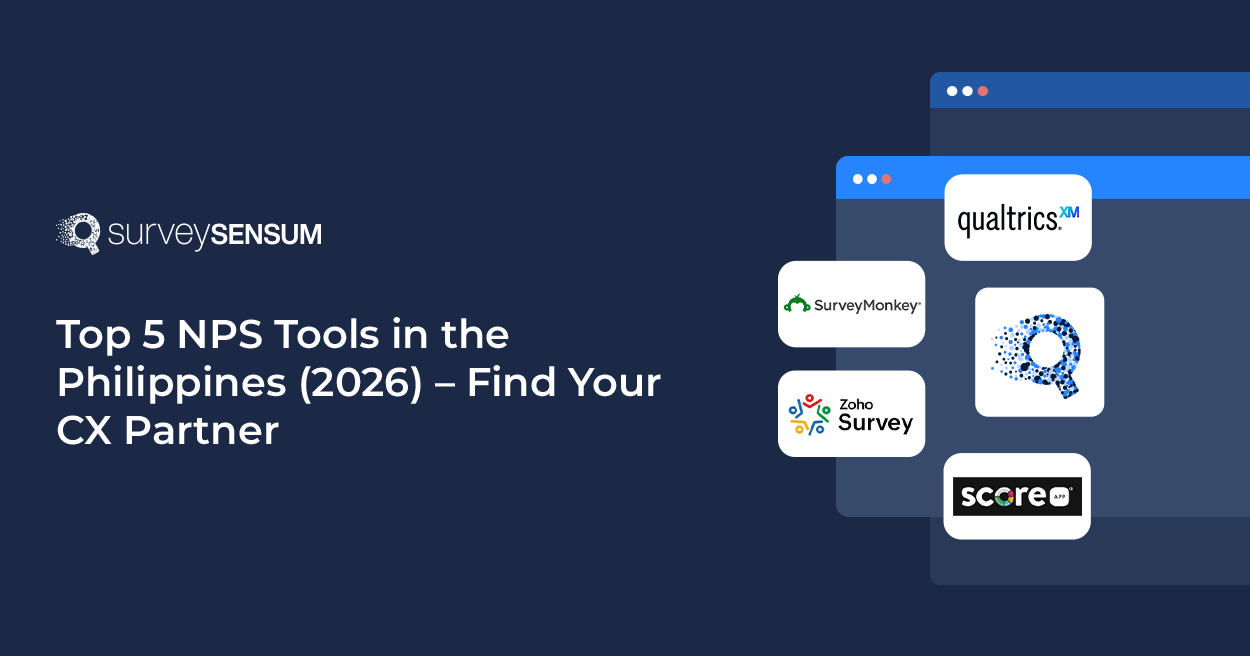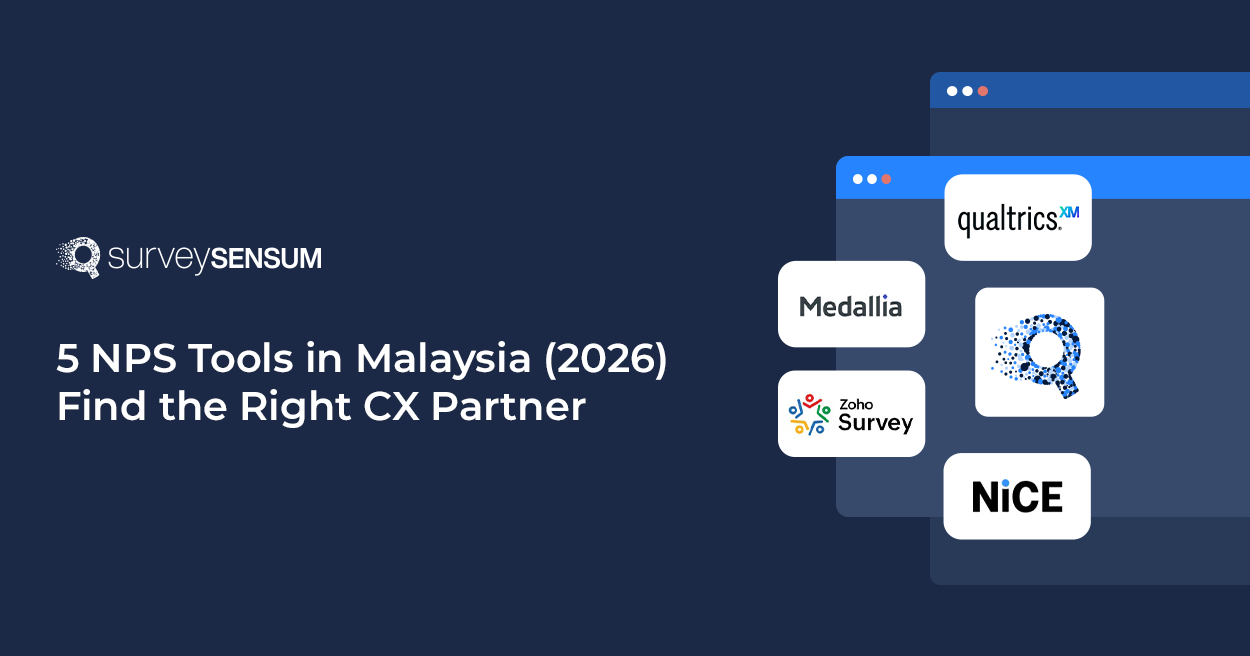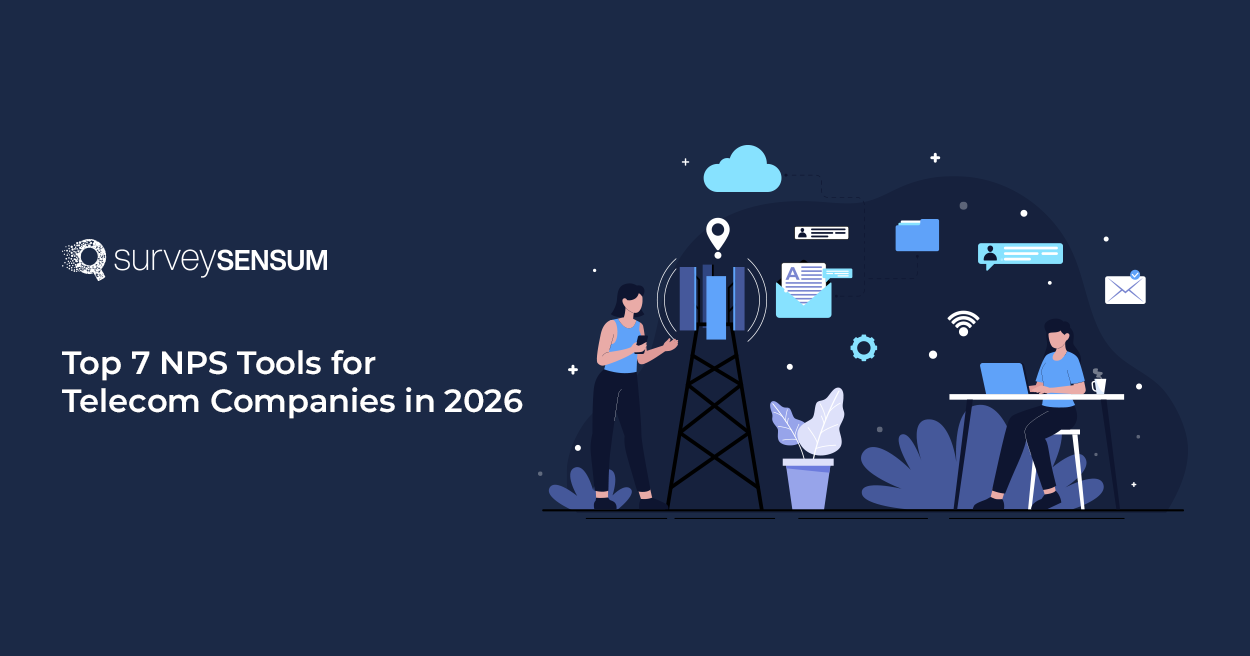

Why did Mark give the score ‘5’ on your CSAT survey? What Rachel disliked about the customer service?
Open-ended survey questions are the key to answering these questions!
Open-ended survey questions are your gateway to rich, detailed insights directly from your respondents. Unlike closed-ended questions that restrict answers to predefined options, open ended survey questions give participants the freedom to express their thoughts, feelings, and experiences in their own words. This approach captures the true voice of your customers, employees, or research subjects, revealing nuanced feedback that might otherwise be missed.
So, why not leverage it?
Let’s dive into everything you need to know about crafting effective open-ended survey questions to gather detailed, personalized responses. We’ll discuss why these questions are essential for qualitative insights, the best times to use them and provide practical examples to get you started.
What are Open Ended Survey Questions?
Open-ended survey questions allow respondents to answer in their own words, providing detailed and personalized responses. These questions do not limit the answers to predefined options like numbers or ratings, encouraging participants to share their thoughts, feelings, and experiences freely.
Examples include:
- What do you like most about our product/service?
- How can we improve our customer service?
- Can you describe a recent experience you had with our company?
But why is it important to ask open ended survey questions? Well, let’s know more!
Why And When Should You Use Open Ended Survey Questions
Open ended questions allow respondents to express their thoughts, feelings, and experiences freely, providing rich and detailed information. Knowing when and why to use open ended questions can significantly enhance your survey experience.
Why To Use Open Ended Questions:
- Gain In-Depth Insights: They allow respondents to express their thoughts, feelings, and experiences in detail, providing richer data.
- Explore Complex Issues: They are useful for exploring complex topics that cannot be captured through predefined options.
- Uncover New Ideas: They can reveal insights and ideas that the survey designer may not have anticipated.
- Understand Motivations: They help in understanding the underlying reasons behind respondents’ opinions or behaviors.
Ready to gain in-depth insights? Start using open ended questions with SurveySensum to capture the true voice of your customers. Try it now!
When To Use Open Ended Questions:
- Early Stages of Research: When you need to explore a topic broadly and gather comprehensive insights.
- Customer Feedback: To understand detailed customer experiences, suggestions, and pain points.
- Employee Surveys: To get candid feedback about the work environment, challenges, and suggestions for improvement.
- Product Development: When seeking input on potential new features or improvements.
- Qualitative Data Needs: When the research goal is to gather qualitative data that provides context and depth to the findings.
20 Examples of Open Ended Survey Questions
Here are some open ended survey questions examples that you can employ in your surveys:
- What do you like most about our product/service?
- How can we improve our customer service?
- Can you describe a recent experience you had with our company?
- What features would you like to see in future updates?
- How do you feel about our brand?
- What challenges do you face with our product/service?
- Can you tell us about a time when our product/service exceeded your expectations?
- What improvements would you suggest for our product/service?
- How did you first hear about our company?
- What factors influenced your decision to choose our product over competitors?
- Can you describe your feelings towards our recent advertising campaign?
- What changes would make our product better meet your needs?
- What first comes to mind when you think of our brand?
- How does our product compare to others you have used in the past?
- What would you tell a friend about our brand?
- Can you explain why you gave us that rating?
- What do you enjoy most about working here?
- Can you describe a time when you felt particularly motivated at work?
- What challenges do you face in your current role?
- What changes would improve your work environment?
Now that you know the different types of open ended questions to ask, the question of how to create them remains.
How to Craft Effective Open Ended Questions?
Effective open ended survey questions require careful consideration to ensure they drive meaningful, detailed responses. Here are some guidelines to help you create effective open ended questions:
Be Clear and Concise:
- Ensure the question is easy to understand.
- Avoid using jargon or complex language.
Focus on Specific Topics:
- Ask about specific experiences, opinions, or feelings.
- Avoid overly broad or vague questions.
Encourage Detailed Responses:
- Use prompts like “Can you describe…” or “Tell me about…”
- Encourage respondents to elaborate on their answers.
Avoid Leading Questions:
- Don’t suggest a particular answer or opinion.
- Keep the question neutral to avoid bias.
Be Open-Ended:
- Use words like “how,” “what,” “why,” and “describe.”
- Avoid yes/no or other closed-ended formats.
Consider the Context:
- Ensure the question is relevant to the respondent’s experiences.
- Tailor questions to fit the context of the survey or interview.
Encourage Reflection:
- Ask questions that require the respondent to think and reflect.
- Avoid questions that can be answered with a simple fact or statistic.
Use Follow-Up Questions:
- Be prepared to ask follow-up questions based on initial responses.
- Follow-up questions can help clarify and deepen understanding.
Transform your surveys with effective open ended questions. Sign up today and get started with SurveySensum.
Examples of Crafting Effective Open Ended Survey Questions
| Ineffective | Effective | |
| General Feedback | “Do you like our product?” | “What do you like most about our product, and why?” |
| Experience-Based | “Was our customer service helpful?” | “Can you describe a recent experience you had with our customer service?” |
| Improvement-Focused | “Should we improve our website?” | “Can you describe a recent experience you had with our customer service?” |
| Motivations and Preferences | “Do you like working here?” | “What do you enjoy most about working here, and what motivates you to stay?” |
By following these guidelines, you can craft open ended questions that provide valuable insights and a deeper understanding of your respondents’ perspectives.
Open Ended v/s Close Ended Questions
Here’s a table comparing Open Ended and Close Ended Questions:
| Aspect | Open Ended Questions | Close Ended Questions |
| Nature | Encourage detailed, narrative responses | Offer specific answer choices |
| Interpretation | Open to interpretation, no predefined options | Structured, limited to predefined options |
| Data Type | Qualitative | Quantitative |
| Example Questions | “Why do you prefer this product?” | “How many times do you use this product per week?” |
| Data Collection Methods | Interviews, focus groups, open-ended surveys | Surveys with structured questions, experiments |
| Outcome | In-depth insights, detailed understanding | Generalizable results, trends, and correlations |
| Use Cases | Exploring new phenomena, generating hypotheses | Testing hypotheses, measuring the extent of phenomena |
| Response Format | Narrative, text-based responses | Fixed-response, scale-based responses |
In summary, open-ended questions delve deep into individual experiences and provide qualitative insights, while closed-ended questions offer structured options for quantitative analysis and comparison. Both types of questions have their merits and are often used together to gather comprehensive data in surveys or interviews.
Conclusion
In conclusion, open-ended survey questions play a crucial role in obtaining rich qualitative data and understanding the nuanced perspectives of respondents. They offer a pathway to delve into complex topics, uncover underlying motivations, and gain in-depth insights that go beyond mere statistics.
SurveySensum, as a robust platform for survey design and analysis, enhances this process by providing tools to craft effective open ended questions, gather and organize responses efficiently, and extract actionable insights. Its features enable organizations to make data-driven decisions, improve customer experiences, and refine products or services. By leveraging Surveysensum, businesses can unlock the full potential of open ended questions in their surveys, leading to informed decisions and meaningful outcomes.
Experience the difference open ended questions can make. Use SurveySensum to enhance your surveys and get richer, more meaningful feedback. Try it today!
FAQs on Open Ended Survey Questions
An example of an open-ended survey question is: “What do you like most about our product/service?”
Here are 5 open ended survey questions examples that you can ask:
- What do you like most about our product/service?
- How can we improve our customer service?
- Can you describe a recent experience you had with our company?
- What features would you like to see in future updates?
- How do you feel about our brand?
- What do you like most about our product/service?
- How can we improve our customer service?
- Can you describe a recent experience you had with our company?
- What features would you like to see in future updates?
- How do you feel about our brand?
- What challenges do you face with our product/service?
- Can you tell us about a time when our product/service exceeded your expectations?
- What improvements would you suggest for our product/service?
- How did you first hear about our company?
- What factors influenced your decision to choose our product over competitors?
4. What are open vs closed questions in surveys?
Open ended questions allow respondents to answer in their own words, providing detailed and personalized responses, while closed-ended questions provide specific answer choices for respondents to select from, such as yes/no, multiple-choice, or rating scales. Open ended questions gather rich qualitative data, whereas closed-ended questions collect quantitative data that is easier to analyze.
One disadvantage of using open ended questions in a survey is that they can be time-consuming to analyze. Since respondents provide detailed and varied responses, it requires more effort to categorize and interpret the data compared to closed-ended questions, which have predefined answer choices and are easier to quantify.
- Be Clear and Specific: Frame the question in a way that clearly indicates what kind of information you are seeking.
- Avoid Leading Questions: Ensure the question does not suggest a particular answer.
- Encourage Detailed Responses: Prompt respondents to provide as much detail as possible.
- Keep it Relevant: Make sure the question is directly related to the survey’s objectives.
- Read Through All Responses: Familiarize yourself with the range of answers before beginning a detailed analysis.
- Categorize Responses: Group similar responses into categories or themes to identify common patterns.
- Code the Data: Assign codes to different themes or keywords within the responses to facilitate easier analysis.
- Quantify the Data: Count the frequency of each code or category to determine how common each theme is among respondents.
- Highlight Key Insights: Identify and summarize the main findings from the categorized data to draw meaningful conclusions.
- Use Qualitative Analysis Software: Consider using tools like NVivo or ATLAS.ti for more complex analyses and visualizations.
Open ended employee engagement survey questions are designed to gather detailed, personalized feedback from employees about their work experience, job satisfaction, and organizational culture. These questions allow employees to express their thoughts, feelings, and suggestions in their own words, providing richer insights into their engagement levels. Examples include:
- “What do you enjoy most about your job?”
- “How can the company better support your professional growth?”
- “Can you describe a recent experience that made you feel valued at work?”

















